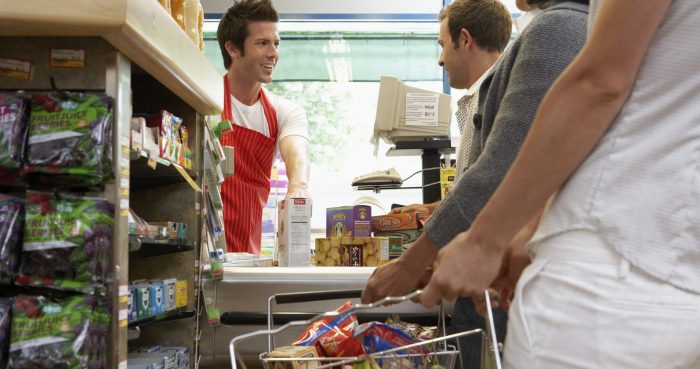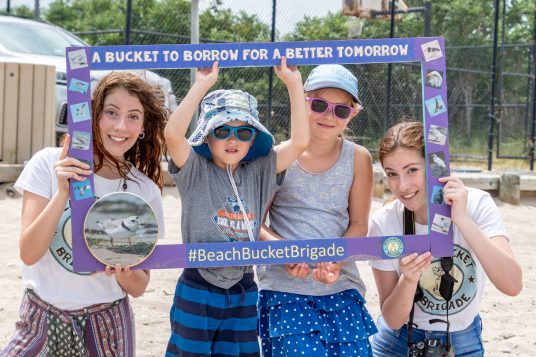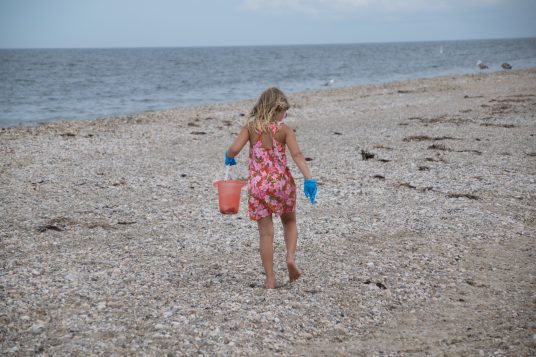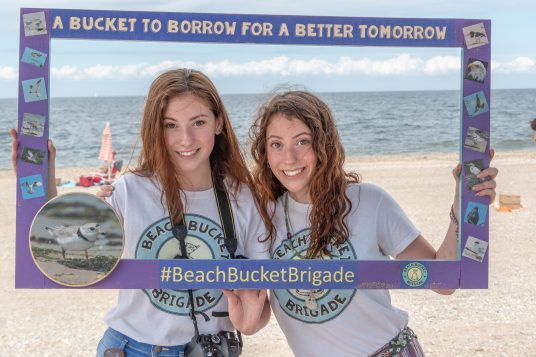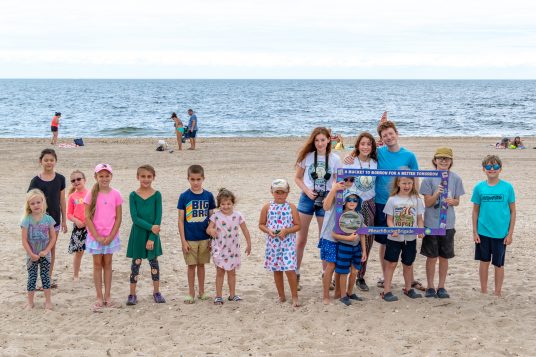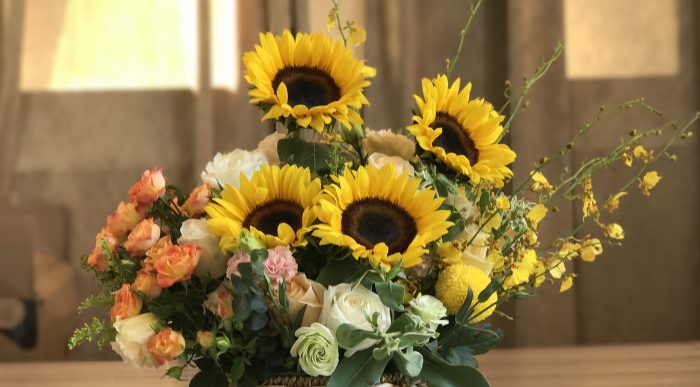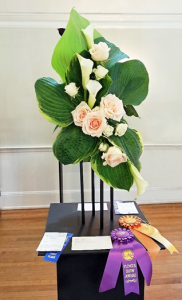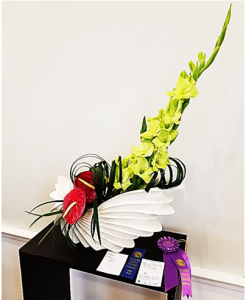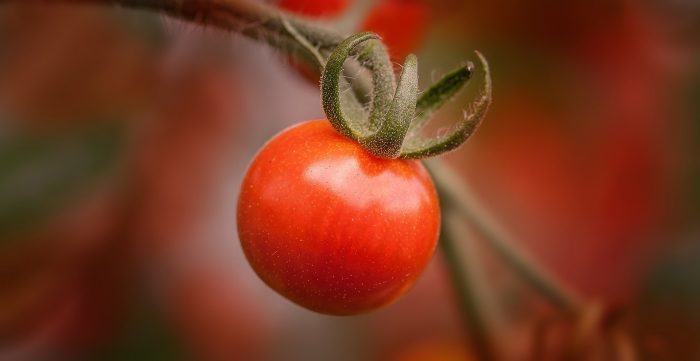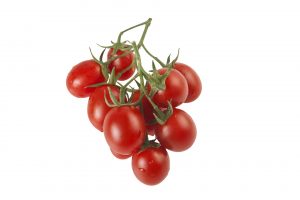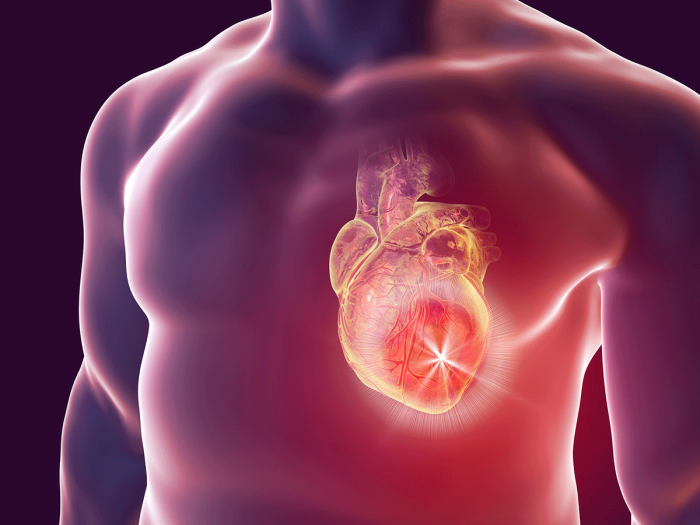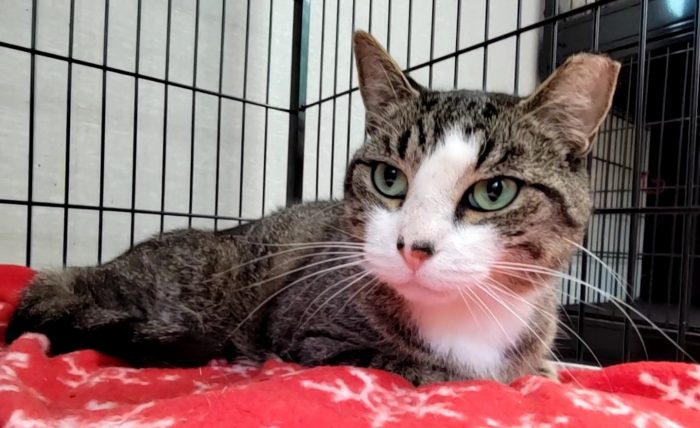By Daniel Dunaief

Joe, the gentleman at the supermarket register, asked me the routine questions.
“Did you find everything okay?”
“Do you have a rewards number?”
I nodded and typed in my cell phone number.
At the end of the order, I carefully watched the total, waiting for the moment he asked me whether I wanted to donate a dollar or round up my total.
Instead, it looked like the cost declined, even after applying all the discounts. In order to be sure, I had to remove my glasses, which allow me to see at a distance, but not to read.
Yes, the total decreased by 5%. Just as I was about to thank him, I went slack jawed behind my mask. Staring closely at the total in the register, I realized he had given me the senior discount.
I pondered what to do. I could tell him I’m not a senior. Then again, maybe anyone over 35 was a senior. Okay, fine, 40. Alright, 50.
Anyway, I thanked him for ringing me up, told him to stay safe and headed to the car, where I promptly checked the age for a senior discount at my supermarket. Yup, just as I suspected. He gave me the discount well before I was eligible.
As I loaded the groceries in the car, I wondered whether this was a freakout mid-life crisis moment. Maybe this was the universe’s way, through Joe, of reminding me that I’m not a kid anymore.
Then again, I thought, steadying myself behind the wheel, maybe Joe had just typed that senior discount button by mistake. Maybe he felt generous or, perhaps, he was giving everyone a senior discount, just to stick it to his bosses.
I have an image of myself that doesn’t align with what other people see, or even what I notice in the mirror. Somewhere along the lines, my brain imagined that the younger, fresher, more energetic version of me continued to type on my computer, yell at the TV when the Yankees lost, and maneuver through my life.
My body, and the unwelcome hair that seems to wave from my ears, has offered reminders about the passage of time. Recently, my son, who is still waiting for his freshman year to start in earnest after New Orleans recovers from Hurricane Ida, asked me if I wanted to have a catch.
Excited for some father-son bonding that doesn’t involve electronics, I readily agreed. Besides, it’s been a few years since he asked. I am no longer his coach and he has numerous athletic friends and former teammates who can launch balls across a field.
The first few throws felt comfortable, as my fingers reached for the familiar seams and tossed the ball back at his chest.
“Okay, move back,” he instructed.
A few throws later, he asked me to move back again.
“Wait, what?” my arm begged, to a brain that tried to hit the mute button on muscles, tendons, bones and rotator cuffs begging me to stop engaging in such unaccustomed activity.
Pretty soon, he was throwing lasers from the next county and I was trying to figure out if I could strap the ball to a nearby bird to return it to him.
Instead, I ran 20 steps, rotated my hips and snapped my shoulders in an effort to minimize the strain on my arm.
“Good idea,” he yelled. “You should soft toss it back to me.”
Soft toss? That was one of my hardest throws!
Two days later, we repeated the same routine. The second time, my arm instantly hurt. I might imagine that I’m 25 or even 35, just as I might imagine I can fly.
I can enjoy some consolation: the senior discount saved me enough money to buy an ice pack for my throbbing shoulder.

